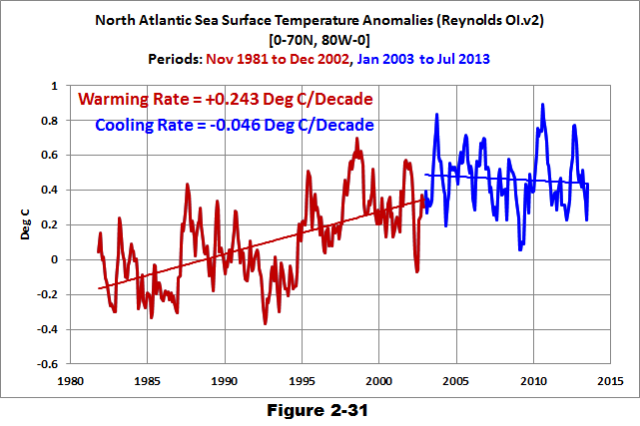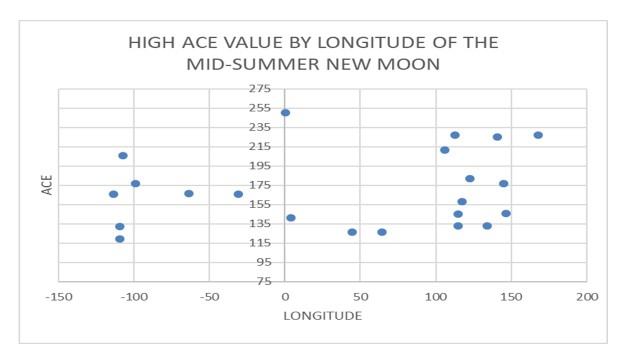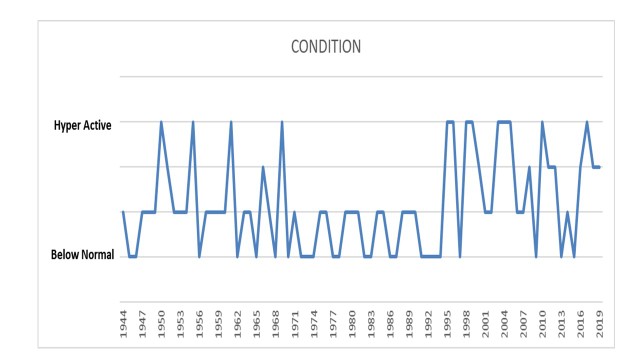Shell Mound wrote:To add to this, I would wish to inquire: Has anyone composed a graph by which to compare the trend in ACE index, by gridded latitudinal/longitudinal boxes, since 2012? Such a graph could illustrate how the mean location of ACE generation, especially by major hurricanes, has migrated from the MDR and Caribbean to the subtropics, based on a comparison between ACE generated over respective time frames before (1995–2012) vs. after 2012 (2013–present)—that is, ACE generation per TC after minus before 2012. I think such a graph would better illustrate how the AMO index has likely gone negative since 2012, based solely on the shift in mean ACE generation (which is heavily weighted toward major-hurricane days) from the MDR/Caribbean to the subtropics.
Thought this was an interesting idea, so here's a map of the change in annual ACE in 5x5 degree gridboxes between the 2013-2019 period and the 1995-2012 period, and a few other comparisons to the 1970-1994 -AMO period.
I would caution looking too deeply into this as the recent 7-season period is quite short, but it does highlight the relative quiet of the western Caribbean in the past decade. Some of the changes on the fringes of the basin may be related to increased usage and coverage of satellites, but the effect is probably not very considerable as I don't think major hurricanes, which contribute most to ACE, would be missed (a 100kt major hurricane instantaneously generates 8x more ACE than a 35kt tropical storm).
A relevant paper was published in the
Monthly Weather Review in 1998,
"The 1995 and 1996 North Atlantic Hurricane Seasons: A Return of the Tropical-Only Hurricane ", noting the uptick in tropically-based activity in what we now understand to have been the start of an +AMO period.
214KB. Source: Generated myself in QGIS using HURDAT data
For comparison's sake here's the -AMO 1970-1994 period minus the 1995-2012 period:
215KB
And finally, 2013-2019 compared to the -AMO 1970-1994 period:
156KB














 ***DELETED TEXT***
***DELETED TEXT***